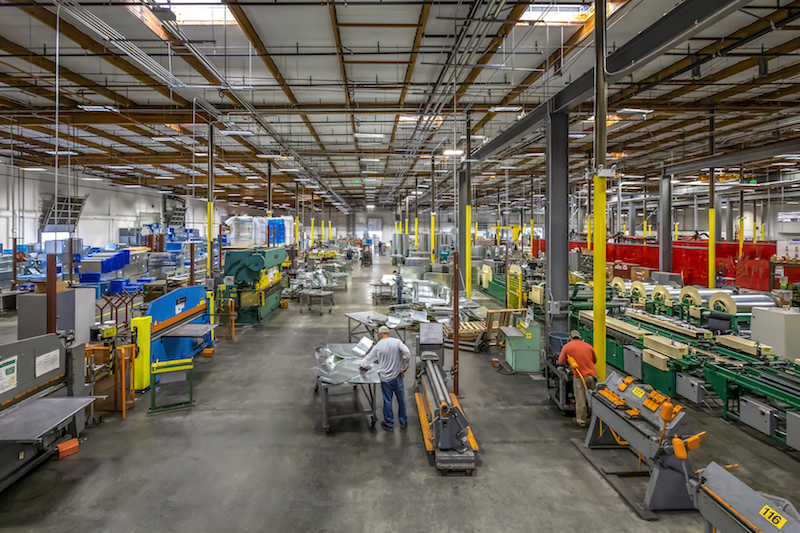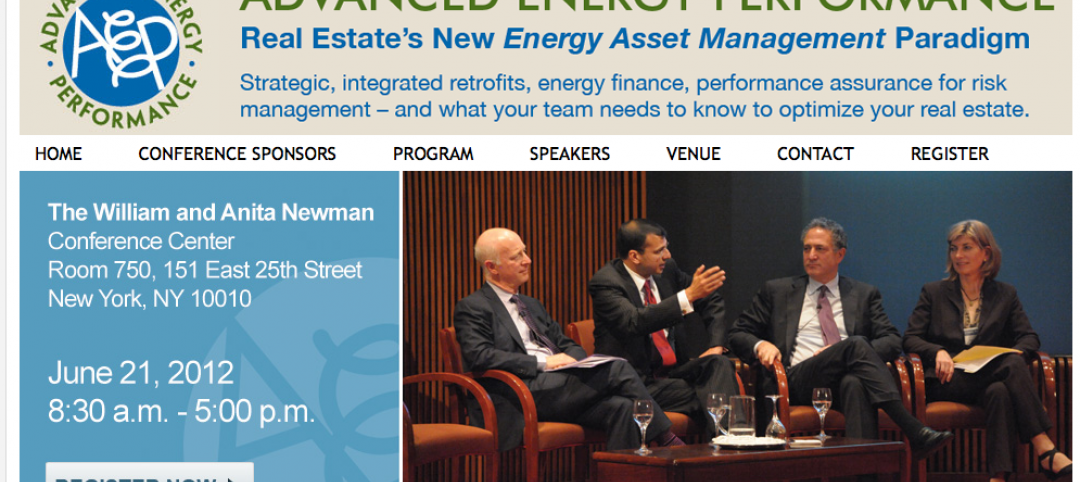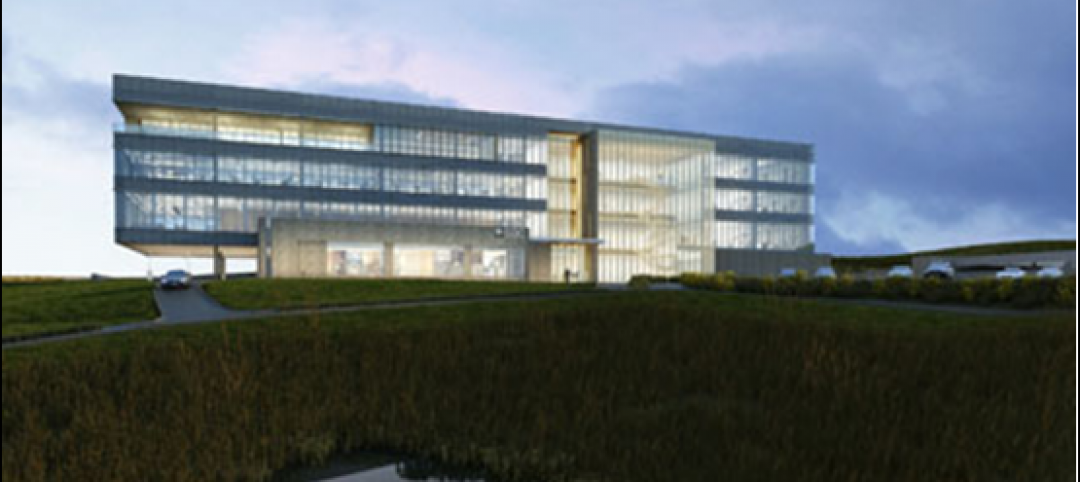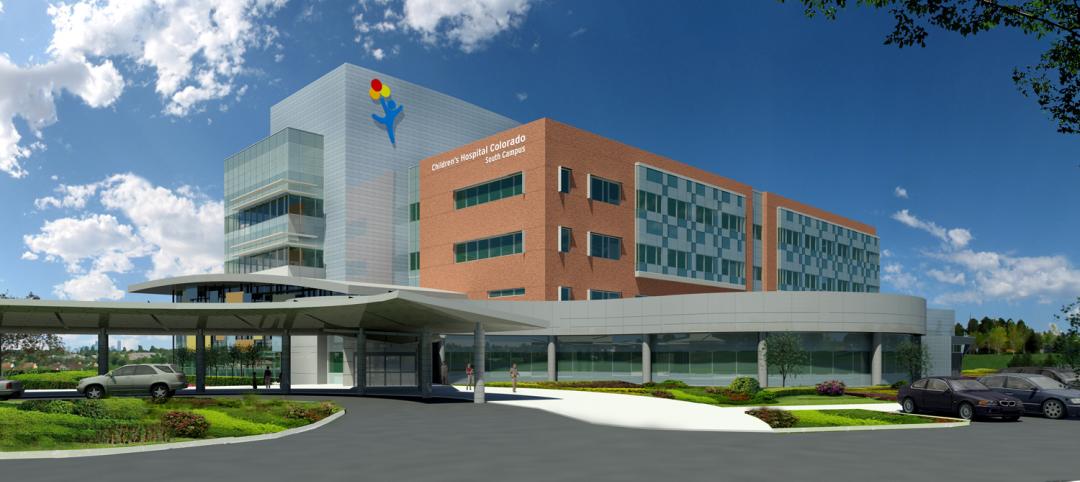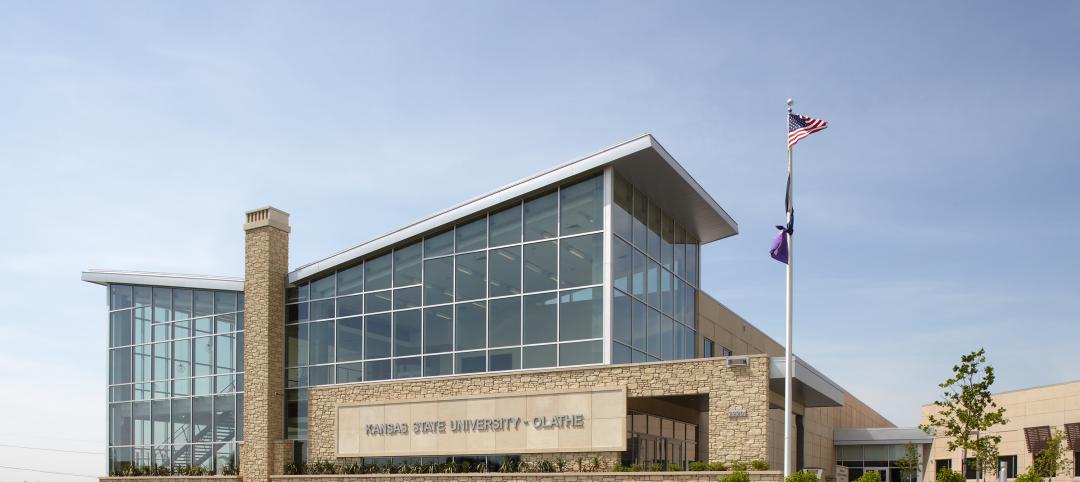It’s no secret that, despite improvements in its employment rate that rose steeply last month, the construction industry still struggles with labor shortages. In fact, 40% of construction companies turn down new projects because they don’t have enough skilled labor, according to the latest USG-Chamber of Commerce Commercial Construction Index, produced with Dodge Data & Analysts and based on responses from a Contractor Panel of more than 2,700 industry decision makers.
Most builders have already revved up their recruitment and training machines to attract and retain workers. Others are leaning into technology to find work-saving solution. Southland Industries, one of the industry’s largest MEP building systems firms, is also focusing on process refinement, training, and technology integration that bring into play, among other things, offsite construction and fabrication, data centralization and virtualization, the intersection of design engineering and detailing, and BIM to improve information delivery.
Judd Fuoto, Southland’s lead solutions analyst, tells BD+C that his large company, with its many priorities, is trying to achieve a balance that aligns its business and technology agendas. Southland is also trying to avoid the trap too many other companies fall for when they dive into new things without defining success or gauging risk.
“There’s a lot of software solutions out there looking for problems,” he says. “And that software often addresses specific things but doesn’t play nice with each other.”
Southland’s methodology is to document its workflow and to let the results prompt process improvements. It has also overhauled its technology governance so that “we’re staying aligned with what’s important and what’s effective.”

Southland's new office space and fabrication facility in Southern California, built by H. Hendy Associates, is laid out to create synergy among processes and worker teams. Hendy even measured the number of steps it would take employees to get to key areas, and designed pathways through the floor plan to support the quickest navigation patterns. The facility also includes a new R&D center. Image: Southland Industries
Fuoto concedes that some measurements so far have been anecdotal, and some are trackable “if we hit intended targets.” But there have been noteworthy gains. By automating its plants’ commissioning Southland has improved worker capacity by an average of 45 minutes per person per day, according to a recent poll with responses from 115 workers in the field.
At the very least, says Fuoto, it’s important for companies in this industry to determine what problems they are trying to solve, and then find the tools needed, instead of “chasing after every shiny gadget” first and then trying to apply them to their company’s operations.
“Will the tool augment or disrupt your process” is what all companies, including Southland, need to keep asking themselves before they make costly investments in software, equipment, or even factories.
Related Stories
| Jun 13, 2012
Steven L. Newman Real Estate Institute to hold energy asset conference for property owners, senior real estate managers
Top-level real estate professionals have been ignored as the industry has pushed to get sustainability measures in place.
| Jun 12, 2012
SAC Federal Credit Union selects LEO A DALY to design corporate headquarters
LEO A DALY also provided site selection, programming and master planning services for the project over the past year.
| Jun 12, 2012
BCA Architects transforms Anaheim schools into dynamic learning environments
BCA Architects was selected to update the district's long-range master plan.
| Jun 11, 2012
Hill International selected as CM for Porto Arabia Towers in Qatar
The complex is a mixed-use development featuring both residential and commercial properties.
| Jun 8, 2012
Living Building Challenge wins the 2012 Buckminster Fuller Challenge
The Living Building Challenge was chosen from a pool of 122 of entries from around the world.
| Jun 8, 2012
Nauset Construction completing sustainable dorm for Brooks School
Student input on green elements provides learning experience.
| Jun 8, 2012
Skyline Construction names Millitello president
Millitello is a 31-year veteran who has overseen the construction of campus-size projects.
| Jun 1, 2012
New BD+C University Course on Insulated Metal Panels available
By completing this course, you earn 1.0 HSW/SD AIA Learning Units.
| Jun 1, 2012
Ground broken for Children’s Hospital Colorado South Campus
Children’s Hospital Colorado expects to host nearly 80,000 patient visits at the South Campus during its first year.
| Jun 1, 2012
K-State Olathe Innovation Campus receives LEED Silver
Aspects of the design included a curtain wall and punched openings allowing natural light deep into the building, regional materials were used, which minimized the need for heavy hauling, and much of the final material included pre and post-consumer recycled content.


